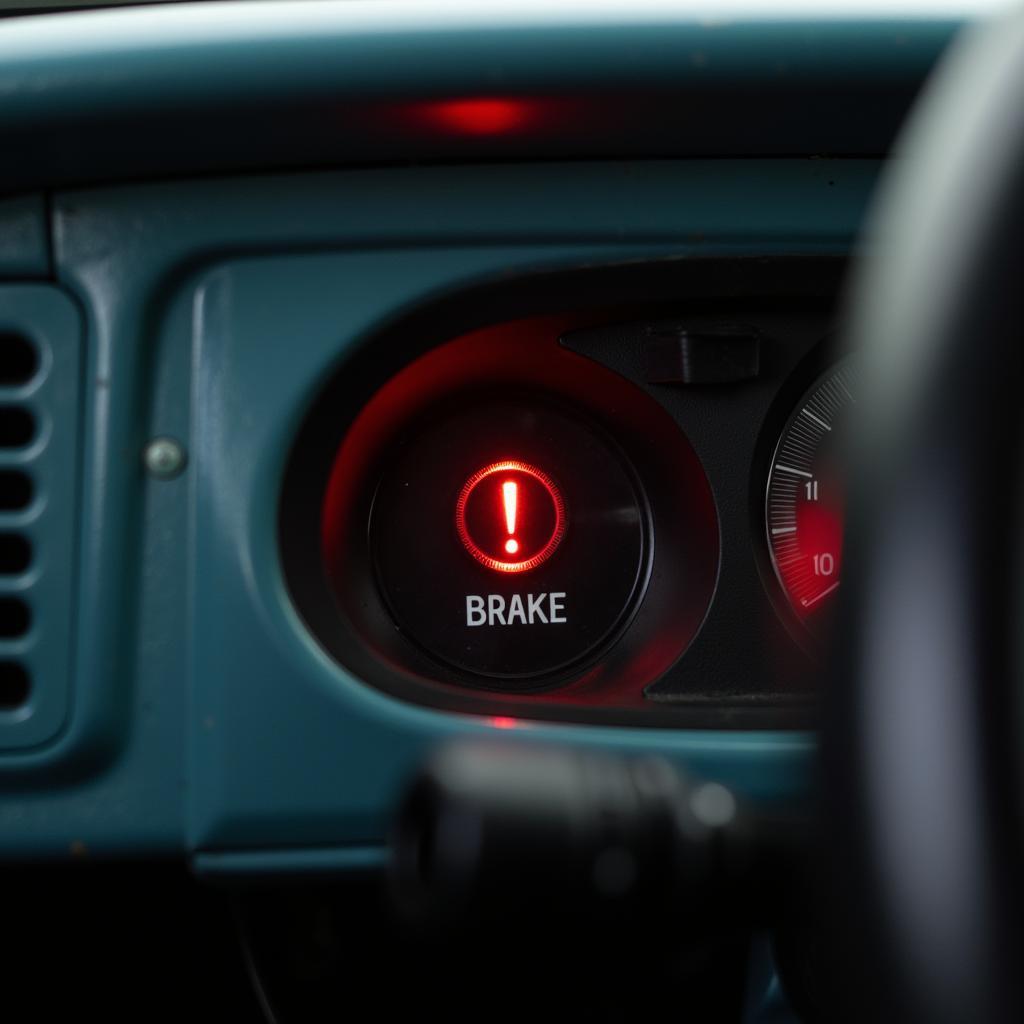A parasitic drain car can be a real headache, leaving you stranded with a dead battery. Within the first few minutes of troubleshooting, you’ll realize it’s more than just leaving your lights on. This guide delves deep into the world of parasitic draw car issues, providing you with the knowledge and tools to diagnose and fix this frustrating problem. parasitic draw car
Understanding the Parasitic Drain Car Phenomenon
A parasitic drain, also known as a parasitic draw, occurs when an electrical component in your vehicle continues to consume power even when the ignition is off. This slow but steady drain can deplete your battery over time, leading to starting problems and other electrical malfunctions. Think of it as a tiny energy vampire, silently sucking the life out of your car’s battery while it sleeps.
Identifying a parasitic drain car issue isn’t always straightforward. While sometimes it’s as obvious as a dome light left on, more often it’s a hidden culprit, like a faulty relay or a malfunctioning module. This is where a systematic approach to diagnostics becomes crucial.
Diagnosing a Parasitic Drain Car: A Step-by-Step Guide
-
Gather your tools: You’ll need a digital multimeter, some basic hand tools, and potentially a wiring diagram for your specific vehicle.
-
Prepare your car: Ensure the ignition is off, all lights and accessories are switched off, and the doors are closed.
-
Locate the battery: Open the hood and identify the positive and negative terminals of your battery.
-
Connect the multimeter: Set your multimeter to measure DC amps. Disconnect the negative battery cable. Connect the black lead of the multimeter to the negative battery terminal and the red lead to the disconnected negative battery cable.
-
Observe the reading: The multimeter will display the current draw. A reading of over 50 milliamps typically indicates a parasitic drain on the battery.
-
Isolate the circuits: Begin systematically removing fuses one at a time, observing the multimeter reading after each removal. A significant drop in the reading indicates the circuit containing the parasitic draw.
Common Culprits of a Parasitic Electrical Drain
Several components are commonly responsible for parasitic electrical drain. These include:
- Interior lights: A faulty door switch can prevent interior lights from turning off completely.
- Glove box light: A stuck switch can cause this light to stay on, draining the battery.
- Radio: Even when turned off, some radios can draw a small current, which can become problematic over time.
- Faulty alternator: A malfunctioning alternator can drain the battery even when the car is not running.
- Aftermarket accessories: Improperly installed aftermarket accessories can create a parasitic drain.
“A thorough diagnostic approach is key to identifying and resolving a parasitic drain. Don’t just guess – use your multimeter and a systematic process to pinpoint the source of the drain,” advises John Smith, Senior Automotive Electrical Engineer at AutoElectric Solutions Inc.
How to Fix a Parasitic Voltage Draw
Once you’ve identified the circuit responsible for the parasitic voltage draw, further investigation is needed to locate the specific component causing the drain. This might involve inspecting wiring for damage, testing individual components within the circuit, or consulting a wiring diagram.
Preventing Future Parasitic Drain on the Battery
While a parasitic drain on the battery can be a frustrating issue, there are preventative measures you can take:
- Regularly inspect your vehicle’s electrical system for any signs of damage or wear.
- Be mindful of aftermarket installations, ensuring they are done correctly.
- Double-check that all lights and accessories are turned off before exiting your vehicle.
“Regular maintenance and careful attention to your vehicle’s electrical system can help prevent parasitic drains and keep your battery healthy,” says Jane Doe, Lead Technician at Advanced Auto Diagnostics.
Car parasitic drain Conclusion
A parasitic drain car issue can be a real nuisance, but with a little knowledge and the right tools, you can conquer this electrical gremlin. Remember to be methodical in your diagnostic approach, and don’t hesitate to seek professional help if needed. A healthy battery is crucial for a reliable vehicle, so take charge and tackle that parasitic drain head-on!
FAQ
-
What is a normal parasitic draw for a car? Typically, a draw of under 50 milliamps is considered acceptable.
-
Can a parasitic drain damage my car battery? Yes, a continuous drain can shorten the lifespan of your battery and eventually lead to complete failure.
-
Can I drive my car with a parasitic drain? You can drive for a while, but the drain will eventually deplete the battery, leaving you stranded.
-
How long does it take for a parasitic drain to kill a battery? This depends on the severity of the drain and the age and condition of your battery. It could range from a few days to a few weeks.
-
Is it expensive to fix a parasitic drain? The cost varies depending on the cause. A simple fix like a faulty light switch can be inexpensive, while a more complex issue might require more extensive repairs.
-
How can I prevent a parasitic drain in the future? Regular maintenance, proper installation of aftermarket accessories, and double-checking that all lights and accessories are off before exiting your vehicle are key preventative measures.
-
What tools do I need to diagnose a parasitic drain? A digital multimeter is essential. You might also need basic hand tools and a wiring diagram for your vehicle.

